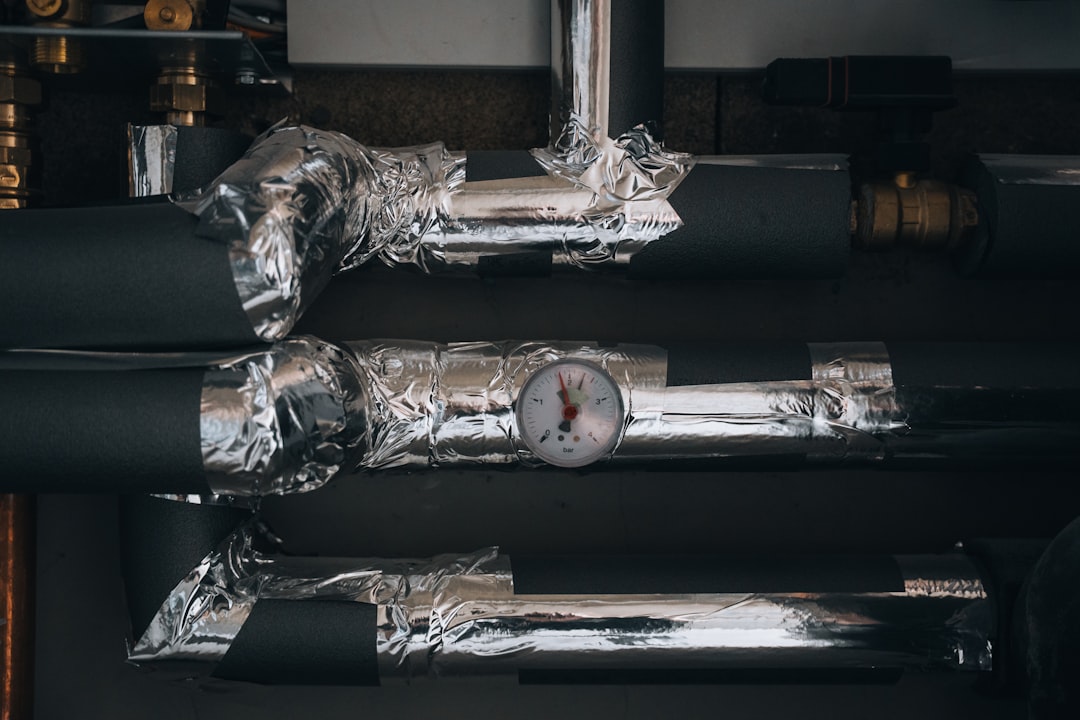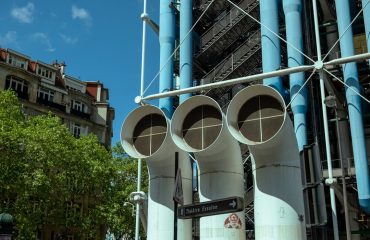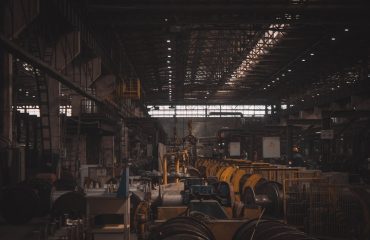Hot rolled flat bars are a fundamental component in numerous industries, from construction and automotive to manufacturing and agriculture. Understanding their properties and applications is crucial for selecting the right material for any given project. This comprehensive guide will delve into the intricacies of hot rolled flat bars, providing a detailed explanation for engineers, manufacturers, and anyone interested in learning more about this versatile steel product.
The Hot Rolling Process: From Ingot to Flat Bar
The journey of a hot rolled flat bar begins with a steel ingot, a large block of solidified steel. This ingot is then heated to incredibly high temperatures, typically between 1100°C and 1250°C (2012°F and 2282°F), making it malleable and easy to shape. This heated ingot is then passed through a series of rollers, progressively reducing its thickness and shaping it into a flat bar. The high temperature allows for significant deformation without fracturing the material. The process is continuous, with the bar passing through multiple stands of rollers until the desired dimensions are achieved. This continuous process contributes to high production rates and cost-effectiveness.
The high temperature also allows for the removal of internal stresses within the steel, leading to a more uniform and stable final product. This process, however, results in a slightly rougher surface finish compared to cold-rolled flat bars. The scale formation – an oxide layer – on the surface during hot rolling is a characteristic feature that often requires further processing, like pickling, for improved surface quality.
Mechanical Properties and Characteristics
Hot rolled flat bars exhibit specific mechanical properties that make them suitable for various applications. Their tensile strength, yield strength, and elongation are significantly influenced by the steel grade and the rolling process itself. Generally, hot-rolled steel possesses good ductility, meaning it can be bent and formed without breaking. This makes it ideal for applications requiring bending, forging, or welding. The high temperature during rolling also affects the grain structure of the steel, resulting in a larger grain size compared to cold-rolled steel. This larger grain size contributes to greater toughness and impact resistance but may slightly reduce its strength and hardness.
The exact mechanical properties are specified by the grade of steel used. Common grades include mild steel, low-carbon steel, medium-carbon steel, and high-carbon steel, each offering a different balance of strength, ductility, and hardness.
Common Applications of Hot Rolled Flat Bars
The versatility of hot rolled flat bars leads to a wide range of applications across various industries. In the construction industry, they are commonly used as structural members in buildings, bridges, and other infrastructure projects. Their strength and weldability make them ideal for creating beams, columns, and other load-bearing components. In the automotive industry, they are used in chassis components, suspension systems, and other structural parts. The manufacturing industry utilizes hot rolled flat bars to create various components for machinery, equipment, and tools.
Other applications include: agricultural equipment, railway components, shipbuilding, and even artistic creations. The ability to easily weld, machine, and form these bars makes them a cost-effective choice for a multitude of purposes.
Advantages and Disadvantages of Hot Rolled Flat Bars
Compared to cold-rolled flat bars, hot-rolled options offer several advantages. Firstly, the high-temperature rolling process makes them significantly more cost-effective to produce. Secondly, their superior ductility and toughness make them ideal for applications involving significant deformation or impact loads. Finally, the larger grain size contributes to higher impact resistance, making them suitable for applications experiencing shock or vibration.
However, hot-rolled flat bars also have disadvantages. Their surface finish is generally rougher than cold-rolled steel, requiring further processing for applications demanding a smooth surface. Their dimensional accuracy might be slightly lower, and their strength and hardness are generally less compared to cold-rolled steel of the same grade.
Selecting the Right Hot Rolled Flat Bar: Factors to Consider
Choosing the appropriate hot rolled flat bar requires careful consideration of several factors. The primary factor is the intended application and the required mechanical properties. The steel grade, specified by its chemical composition, determines the strength, ductility, and weldability of the bar. The dimensions, including thickness and width, must also be carefully selected to meet the design requirements. Other considerations include the desired surface finish, tolerance requirements, and cost constraints. Consulting with a materials engineer or supplier is highly recommended for complex projects to ensure the selection of the most suitable material for optimal performance and cost-effectiveness.
Understanding the nuances of hot-rolled flat bars is crucial for making informed decisions in material selection. By considering the factors discussed above, you can ensure that the chosen material meets the specific demands of your project, leading to optimal performance and a successful outcome.
Tags: hot rolled flat bar, steel bar, flat steel bar, hot rolling process, steel properties




